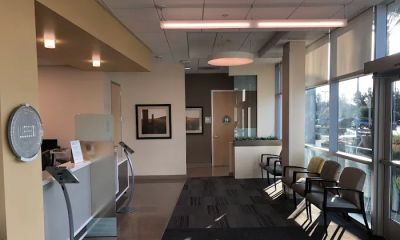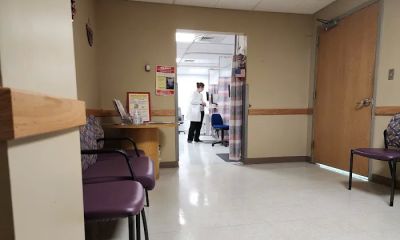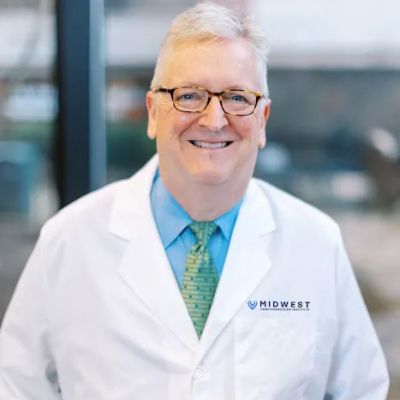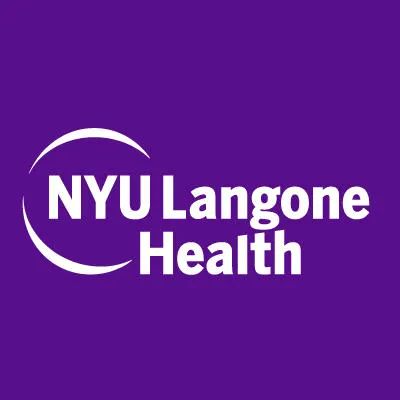- 1-Heart-Disease-Overview
- 2-Challenges-in-Severe-Heart-Failure
- 3-Ventricular-Assist-Devices-Explained
- 4-Case-Study-Success-VAD-Therapy
- 5-How-to-Choose-Support-Services
1. Understanding Heart Disease: A Complex Cardiac Challenge
Heart disease remains one of the leading causes of death worldwide, affecting millions across different age groups. It encompasses a range of conditions, from coronary artery disease to congestive heart failure, each challenging the heart’s ability to pump blood effectively. Among these, advanced heart failure is especially critical, often demanding interventions beyond medication and lifestyle changes. Understanding the progression and impact of heart disease is essential for patients and caregivers, as it helps them navigate treatment options with greater confidence and awareness.
Heart failure, in particular, results from the heart’s reduced capacity to maintain adequate circulation, leading to symptoms such as fatigue, breathlessness, and fluid retention. While early stages can be managed with drugs, severe cases push the limits of conventional care, creating a demand for innovative mechanical solutions.

2. Challenges in Managing Severe Heart Failure
When heart disease progresses to advanced heart failure, the heart muscle becomes too weak to sustain life-supporting circulation. This presents a critical challenge: patients face limited options, often culminating in heart transplantation—a solution hindered by donor shortages and stringent eligibility criteria. Consequently, bridging therapies that can support cardiac function while awaiting transplantation or serve as long-term solutions become vital.
In this context, ventricular assist devices (VADs) have revolutionized the management of severe heart failure. These mechanical pumps assist one or both ventricles in circulating blood throughout the body, offering a lifeline to patients who otherwise have few options. The decision to implant a VAD requires thorough evaluation, balancing benefits against risks such as infection, thrombosis, and device malfunction.
Deborah Heart and Lung Center
deborah heart and lung center
200 Trenton Rd, Browns Mills, NJ 08015, USA

3. Ventricular Assist Devices: How They Work and Who Benefits
A ventricular assist device is an implantable mechanical pump designed to support heart function and blood flow in individuals with weakened hearts. VADs can be configured as left ventricular assist devices (LVADs), right ventricular assist devices (RVADs), or biventricular assist devices (BiVADs), depending on the patient's needs. Typically, LVADs are most common, helping the left ventricle—the main pumping chamber—deliver oxygen-rich blood to the body.
The device receives blood from the ventricle and pumps it into the aorta or pulmonary artery, thus relieving the heart’s workload. Implantation requires surgery and ongoing management, including anticoagulation therapy and regular monitoring. Patients equipped with VADs often experience improved quality of life, increased exercise tolerance, and extended survival.
Importantly, VADs are not a cure for heart disease but a form of mechanical circulatory support, often used as a bridge to transplantation or as destination therapy for patients ineligible for transplant. The integration of this technology into cardiac care has opened new doors for those once considered untreatable.
3.1 Patient Selection and Device Management
Choosing candidates for VAD therapy involves assessing cardiac function, comorbidities, and psychosocial factors. Multidisciplinary teams including cardiologists, surgeons, and rehabilitation specialists play key roles in tailoring care plans. Post-implantation, patients need education on device care, lifestyle adjustments, and symptom vigilance to ensure optimal outcomes.
4. Real-World Impact: A Patient’s Journey with Ventricular Assist Devices
Consider the case of John, a 58-year-old man diagnosed with end-stage heart failure after years of managing coronary artery disease. His condition deteriorated rapidly, making him ineligible for immediate heart transplantation due to other health complications. With limited options, his care team recommended implantation of a left ventricular assist device as a bridge to transplant.
Post-surgery, John’s health stabilized remarkably. He regained energy, was able to return to daily activities, and experienced fewer hospitalizations. Over the next year, John’s quality of life improved dramatically, illustrating the profound benefits that VAD therapy can offer. Stories like John’s highlight how integrating advanced mechanical support into treatment pathways can transform lives.
For those navigating similar challenges, resources like HeartCare Hub provide tailored information on available devices, patient support programs, and service providers that can make this complex journey more manageable.
5. Finding the Right Support and Resources for Heart Disease Management
Managing heart disease, especially when involving advanced therapies like ventricular assist devices, demands access to reliable resources and specialized care. Patients and families should seek comprehensive evaluation centers with experience in VAD implantation and follow-up care. Equally important is access to education, rehabilitation, and psychological support to address the multifaceted impact of chronic cardiac illness.
HeartCare Hub stands out as a valuable platform where users can explore the latest in cardiac care products, connect with reputable clinics, and find professional services tailored to their specific heart health needs. By leveraging such resources, patients can make informed decisions and gain confidence navigating the complexities of heart disease and advanced treatment options.





















Hoag Urgent Care Irvine - Sand Canyon
hoag urgent care
16205 Sand Canyon Ave Suite 100, Irvine, CA 92618, USA